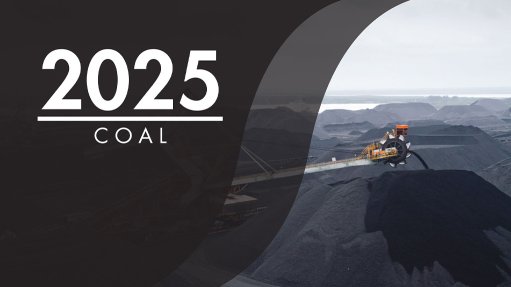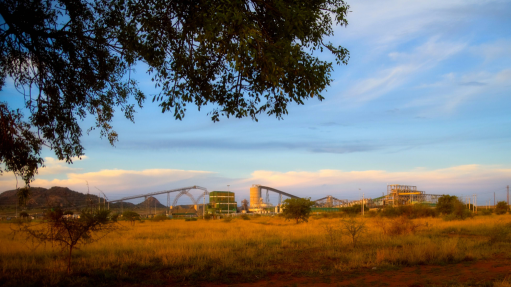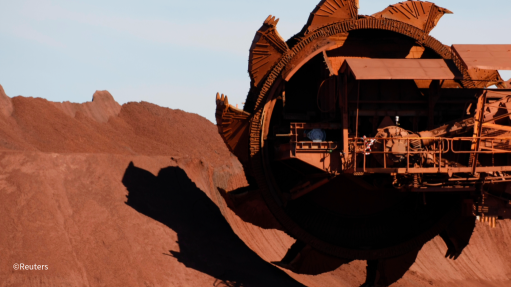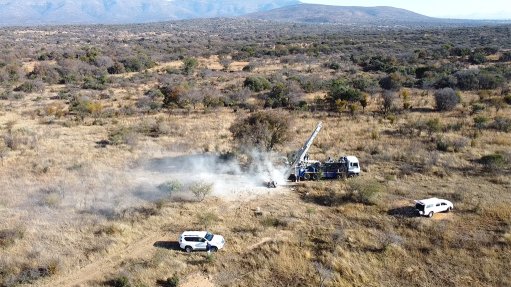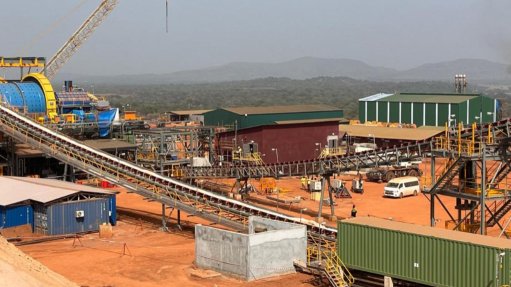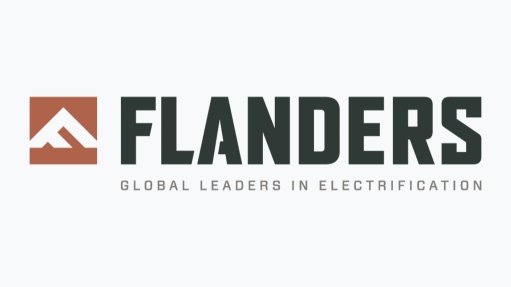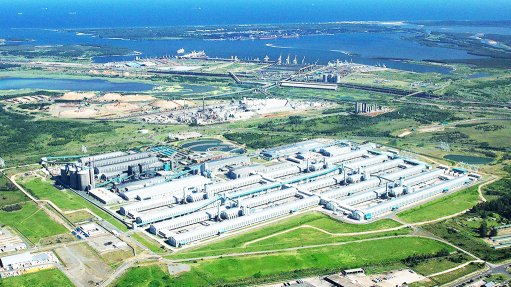The impact of the Climate Change Act on the mining industry
James Ross | Senior Associate, Corporate & Commercial
- What are the key mechanisms under the Act, that mining organisations should be aware of, to reduce the risks of climate change impacts?
The Climate Change Act provides for various mechanisms aimed at mitigating South Africa’s carbon emissions while supporting a just transition to a sustainable, climate-resilient economy. In addition to the various plans and adaption measures to be developed by government, the Act also provides for industry specific mechanisms such as:
a) the regulation of greenhouse gas (GHG) reporting (which is currently regulated under the National Environmental Management: Air Quality Act 39 of 2004 and the 2017 GHG Reporting Regulations); and
b) the introduction of sectoral emission targets (SETs) to enable the development of emission goals tailored for specific industries, including the mining sector.
With regard to SETs, section 25 of the Act provides that within one year of commencement of the Act, the Minister of Forestry, Fisheries and the Environment must identify GHG-emitting sectors and sub-sectors that are subject to SETs, and in consultation with the ministers responsible for each such sector and sub-sector, determine the prescribed framework and SETs.
Although the mining SET has not been developed as yet, the draft Sector Emission Targets Report (Draft SET Report) published in April 2024 identifies the mining sector as one of the seven focus sectors for which a SET must be developed. The Draft SET Report highlights several strategies for reducing emissions in the mining sector. These include lowering fuel consumption, implementing technologies that rely on non-GHG emitting energy sources, and reducing fugitive emissions. It also emphasises the importance of minimising disruptions to carbon sinks during mining operations and enhancing these sinks during and after the rehabilitation process.
- How will a national GHG emission reduction trajectory ultimately impact the mining sector as a whole?
The national GHG emissions trajectory to be developed in terms of section 24 of the Act will operate as an overarching goal for the country. Therefore, although it will not directly detail the actions to be taken by the mining sector, the national GHG emissions trajectory will influence the determination of sectoral emissions targets, including the SET for the mining industry.
- What will be the impact of carbon budgets and GHG mitigation plans on both the finances and operations of businesses within the mining sector?
For context (and in terms of section 27 of the Act) carbon budgets will be allocated to any “person” that conducts a listed GHG emission activity, and those persons will be required to submit a GHG mitigation plan to the Minister for approval. The precise financial and operational impacts of carbon budgets therefore cannot be determined until such time as the Minister develops and allocates these carbon budgets and the emission thresholds are understood.
However, in general terms, businesses within the mining sector should be able to prepare for any capital expenditure associated with emissions mitigation through a review of their existing pollution prevention plans (PPPs), which they are required to have developed and submitted for approval in terms of the National Environmental Management: Air Quality Act 39 of 2004 and the 2017 GHG Reporting Regulations. Once carbon budgets are allocated, approved PPPs will be deemed to be GHG mitigation plans. These GHG mitigation plans are in turn required to describe the mitigation measures that the person, to whom a carbon budget is allocated, proposes to implement to remain within the person’s allocated carbon budget.
- What are the key areas considered to be offences under that Act, that mining companies should be aware of?
Offences under the Act are generally concerned with the failure to provide certain information or the provision of false information, threshold exceedances, or more specifically the failure to prepare and submit a GHG mitigation plan to the Minister in terms of section 27.
Any person convicted of an offence is liable, in the case of a first offence, for a fine of up to R5-million or to imprisonment for a period not exceeding five years, and in the case of a second or subsequent conviction for a fine of up to R10-million or to imprisonment for a period not exceeding 10 years or to both such fine and imprisonment.
- Any final words on the subject?
Although the Act was published on July 23, 2024, it is not yet in effect and will only come into operation on a date fixed by the President by proclamation in the Government Gazette.
Until such time as the sectoral emission targets and carbon budgets for the mining industry are finalised, industry should consider the mitigation strategies outlined in the April 2024 Draft SET Report, and furthermore continue to monitor their emissions in terms of existing legislation, such as the National Environmental Management: Air Quality Act 39 of 2004 and associated regulations, and ensure that their PPPs are approved and up to date in anticipation of the transition to GHG mitigation plans in terms of the Climate Change Act.
Article Enquiry
Email Article
Save Article
Feedback
To advertise email advertising@creamermedia.co.za or click here
Press Office
Announcements
What's On
Subscribe to improve your user experience...
Option 1 (equivalent of R125 a month):
Receive a weekly copy of Creamer Media's Engineering News & Mining Weekly magazine
(print copy for those in South Africa and e-magazine for those outside of South Africa)
Receive daily email newsletters
Access to full search results
Access archive of magazine back copies
Access to Projects in Progress
Access to ONE Research Report of your choice in PDF format
Option 2 (equivalent of R375 a month):
All benefits from Option 1
PLUS
Access to Creamer Media's Research Channel Africa for ALL Research Reports, in PDF format, on various industrial and mining sectors
including Electricity; Water; Energy Transition; Hydrogen; Roads, Rail and Ports; Coal; Gold; Platinum; Battery Metals; etc.
Already a subscriber?
Forgotten your password?
Receive weekly copy of Creamer Media's Engineering News & Mining Weekly magazine (print copy for those in South Africa and e-magazine for those outside of South Africa)
➕
Recieve daily email newsletters
➕
Access to full search results
➕
Access archive of magazine back copies
➕
Access to Projects in Progress
➕
Access to ONE Research Report of your choice in PDF format
RESEARCH CHANNEL AFRICA
R4500 (equivalent of R375 a month)
SUBSCRIBEAll benefits from Option 1
➕
Access to Creamer Media's Research Channel Africa for ALL Research Reports on various industrial and mining sectors, in PDF format, including on:
Electricity
➕
Water
➕
Energy Transition
➕
Hydrogen
➕
Roads, Rail and Ports
➕
Coal
➕
Gold
➕
Platinum
➕
Battery Metals
➕
etc.
Receive all benefits from Option 1 or Option 2 delivered to numerous people at your company
➕
Multiple User names and Passwords for simultaneous log-ins
➕
Intranet integration access to all in your organisation








